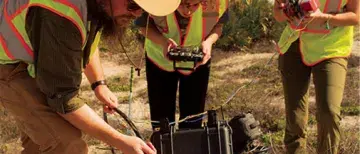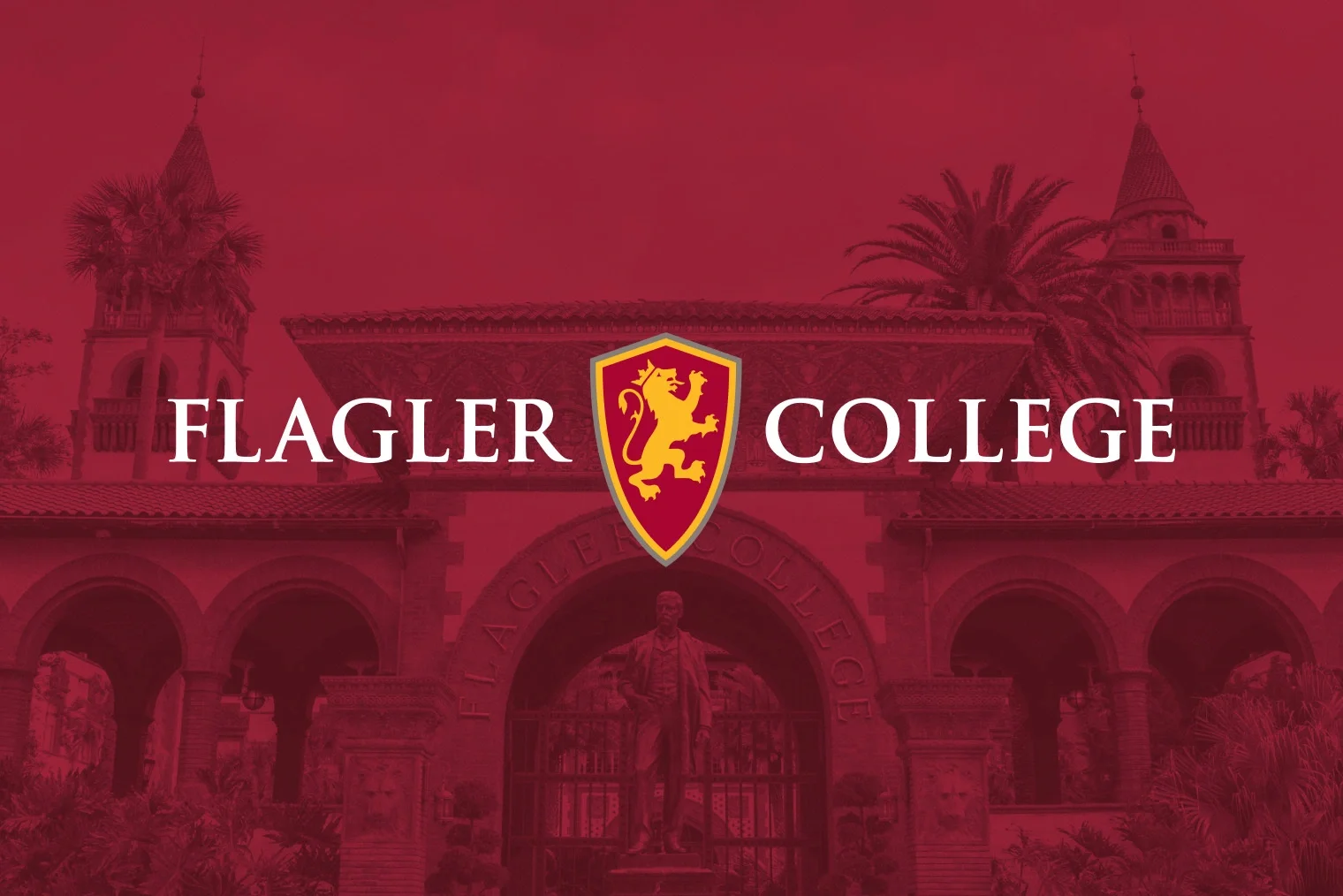
The robot was the brainchild of Flagler College senior Abigail Belchior, a Coastal Environmental Science major and president of the FCSTEAM club, which stands for Flagler College Science, Technology, Entrepreneurship, Arts and Math. The club works on robotics construction and competitions that get college students invested in science and creativity.
“One of our advisors, Dr. Ben Atkinson, who is a Coastal Environmental Science professor, does research on gopher tortoises,” Belchior said. “We started talking about using cameras with the robots that we already had to carry them down into the gopher tortoise burrows.”
Belchior and the former FCSTEAM president Kyle Clark worked with Atkinson to design and fit the camera housing onto the robots.
“I was never into robotics,” Belchior said. “[Clark] was the one who knew the robotics part. I just knew the Coastal Environmental Science and learned robotics through this.”
The team worked to attach a remote-control receiver to a robot chassis so researchers can capture what happens inside in real time.
“It was a lot of wires and a lot of time,” Belchior said.
The team usually goes out to observe the gopher tortoise burrows a couple times a week at the Guana Tolomato Matanzas Research Reserve (GTM) in St. Augustine. Their research has now moved from observing the tortoises to finding out what other kinds of animals use and benefit from these burrows.
“These animals are called commensal species. We are looking at what other species use the burrows, how they use them and how the burrows help them,” Belchior said. “The burrows can be used as protection from fires, from severe weather and sometimes for reproduction. We want to know more specifically what the species in Northeast Florida area use the burrows for.”
Listed as a threatened species, gopher tortoises live along the Florida coast, as well as throughout the state in forests, pastures and even yards. They dig deep burrows that not only provide themselves shelter, but also can be shared with more than 350 other species, according to the Florida Fish and Wildlife Conservation Commission. The gopher tortoise is what is known as a keystone species: if they die out then the entire ecosystem is disrupted. This is one of the reasons that state law protects both the tortoises and their burrows.
“Everything else suffers from the loss of gopher tortoises,” Belchior said. “They are considered ecosystem engineers that alter the landscape in a noticeable way. Knowing what other species use the burrows is important, too, because the loss of the gopher tortoise burrows could indirectly affect another species that serves another important role in the ecosystem.”
What began as a club project has now evolved into a research proposal that Belchior plans to use for her senior capstone project in the fall of 2022.


